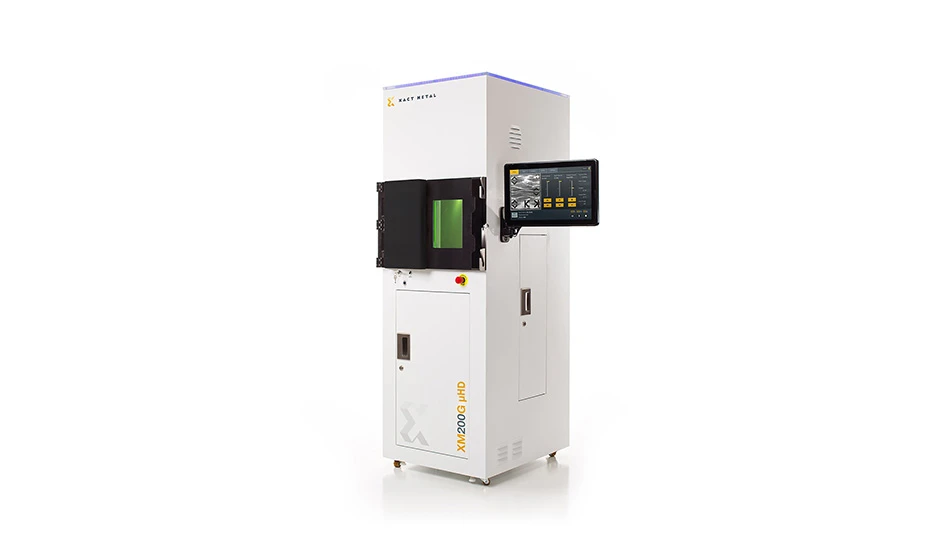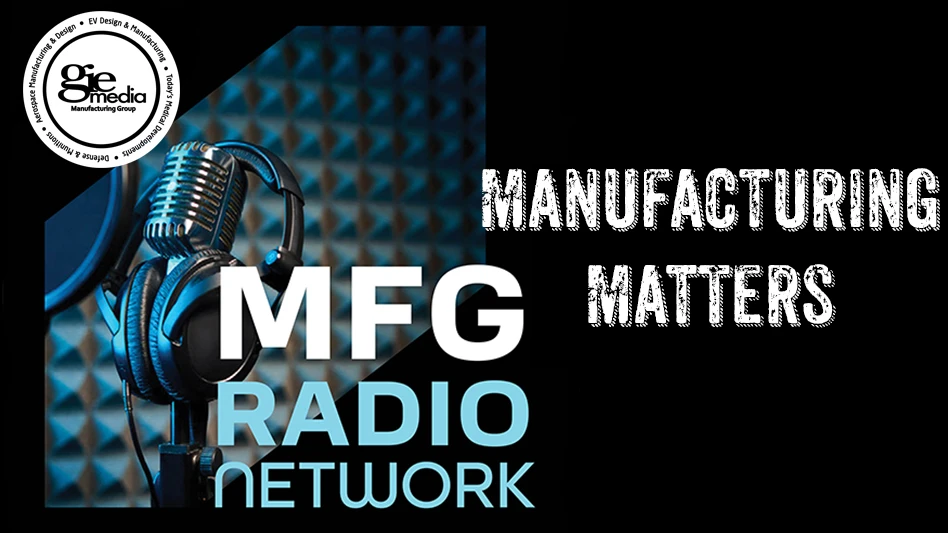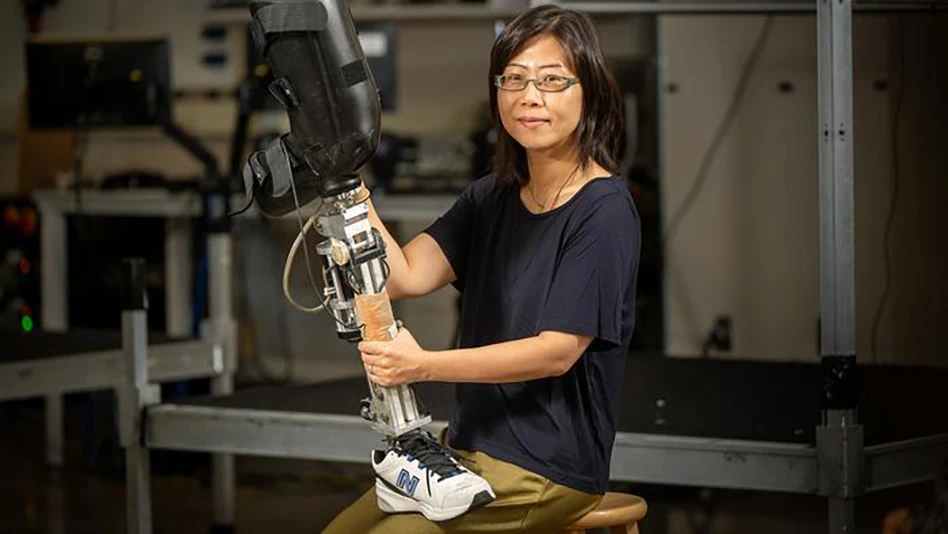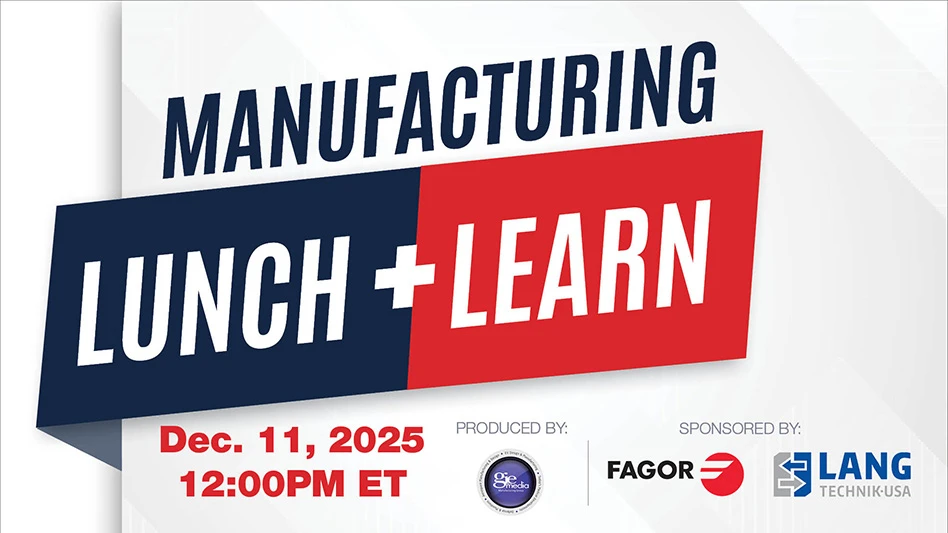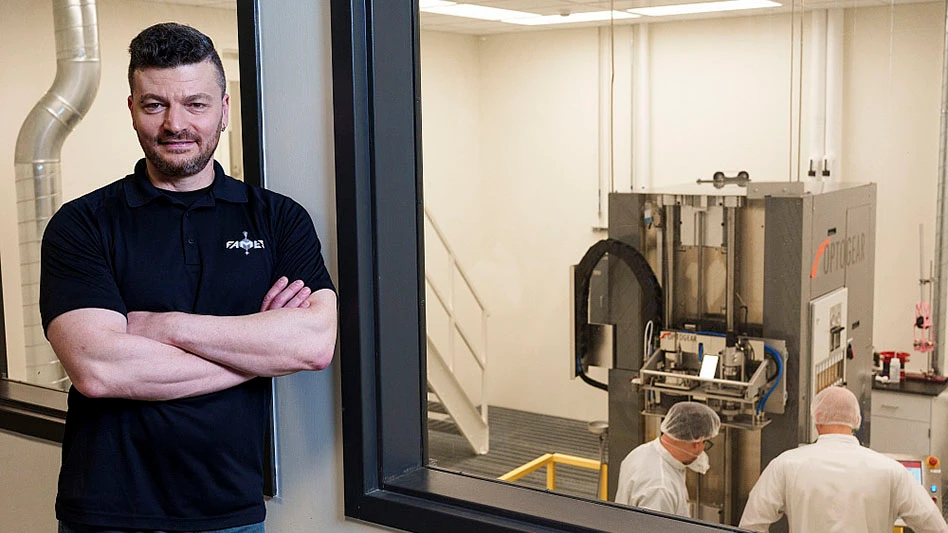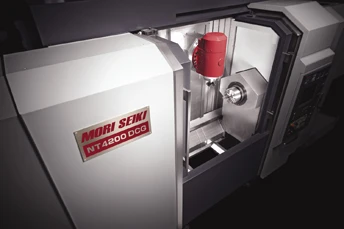
The new NT Series of integrated mill turn centers brings together the turning ability of a lathe and the cutting capabilities of a machining center.
From Mori Seiki (www.moriseiki.com), the NT Series uses both DCG (Driven at the Center of Gravity) technology and box-in-box construction of the NH Series of horizontal machining centers. The turrets employs a built-in milling motors from the NL Series CNC lathes.
Machine speed is critical to the success of the new Series. The maximum spindle speed is 5,000 rpm, with a maximum tool spindle speed of 12,000 rpm. Using the ATC (Automatic Tool Changer) means a tool-to-tool change time of 1 second and a chip-to-chip change time of 3.4 seconds.
Mori Seiki employs the most recent version of the successful MAPPS III control system for the NT Series. While permitting fast processing, it includes a collision prevention function to monitor machine movement in real time.
To preserve precision, the lower turret in the NT Series is located symmetrically in relation to the center of the spindle. This juxtaposition provides heat resistance. Too, ball screw and motor jacket cooling have been designed to eliminate inaccuracy caused by heat variations.
Ultimately the NT Series will be made up of nine models. With options for the spindle, lower turret and center support, there will be a total of 66 centers available.

Explore the January February 2006 Issue
Check out more from this issue and find your next story to read.
Latest from Today's Medical Developments
- GrindingHub Americas launches in 2027 in Cincinnati, Ohio
- Methods Machine Tools now offers the Nakamura-Tome NT-Flex
- Battelle awards $900,000 in STEM education grants to Ohio schools
- #55 Lunch + Learn Podcast with KINEXON
- Starrett and Gerstner offer limited edition, American made 1950s replica wooden machinist tool chests
- EMCO’s UNIVERSALTURN 50: The new benchmark in universal turning
- Archetype's Expertise for Equity accelerates early-stage innovation
- Stratasys expands its AM solutions with Tritone's cutting-edge technology
